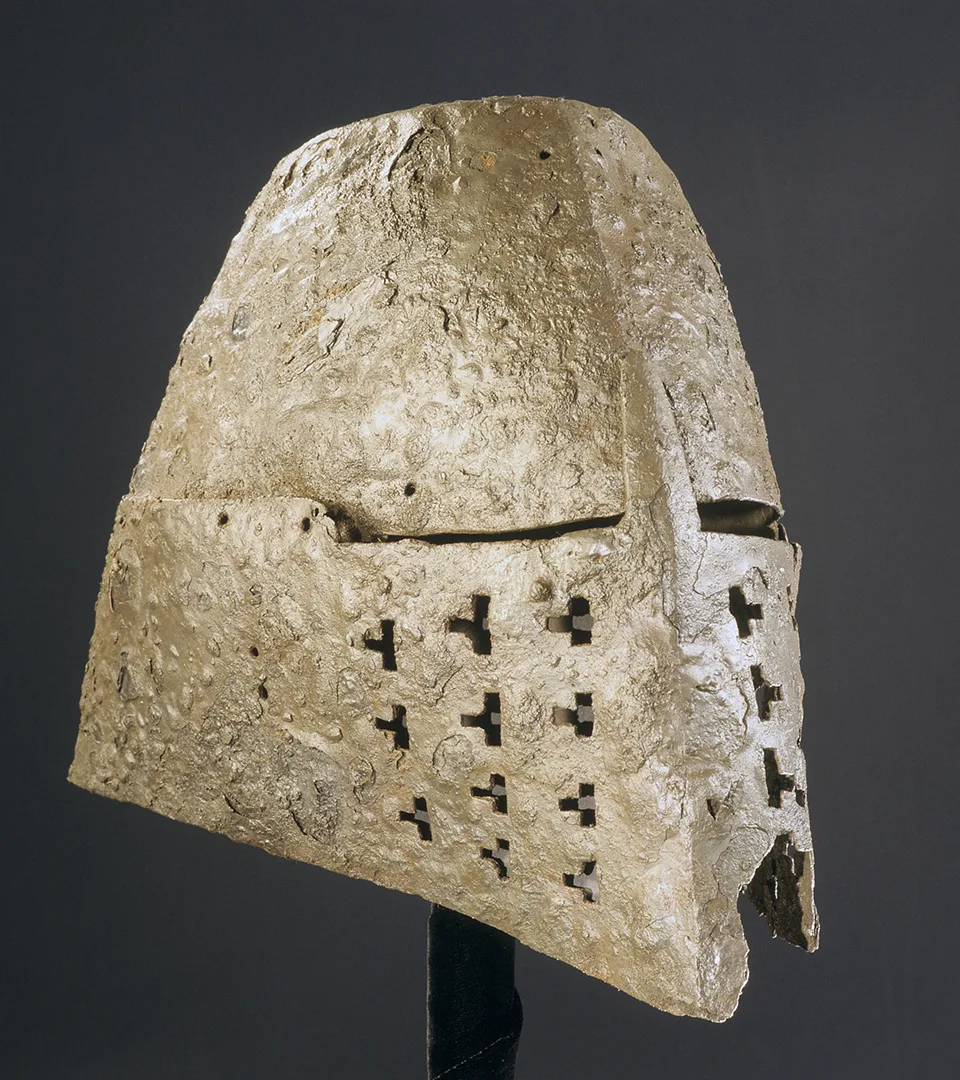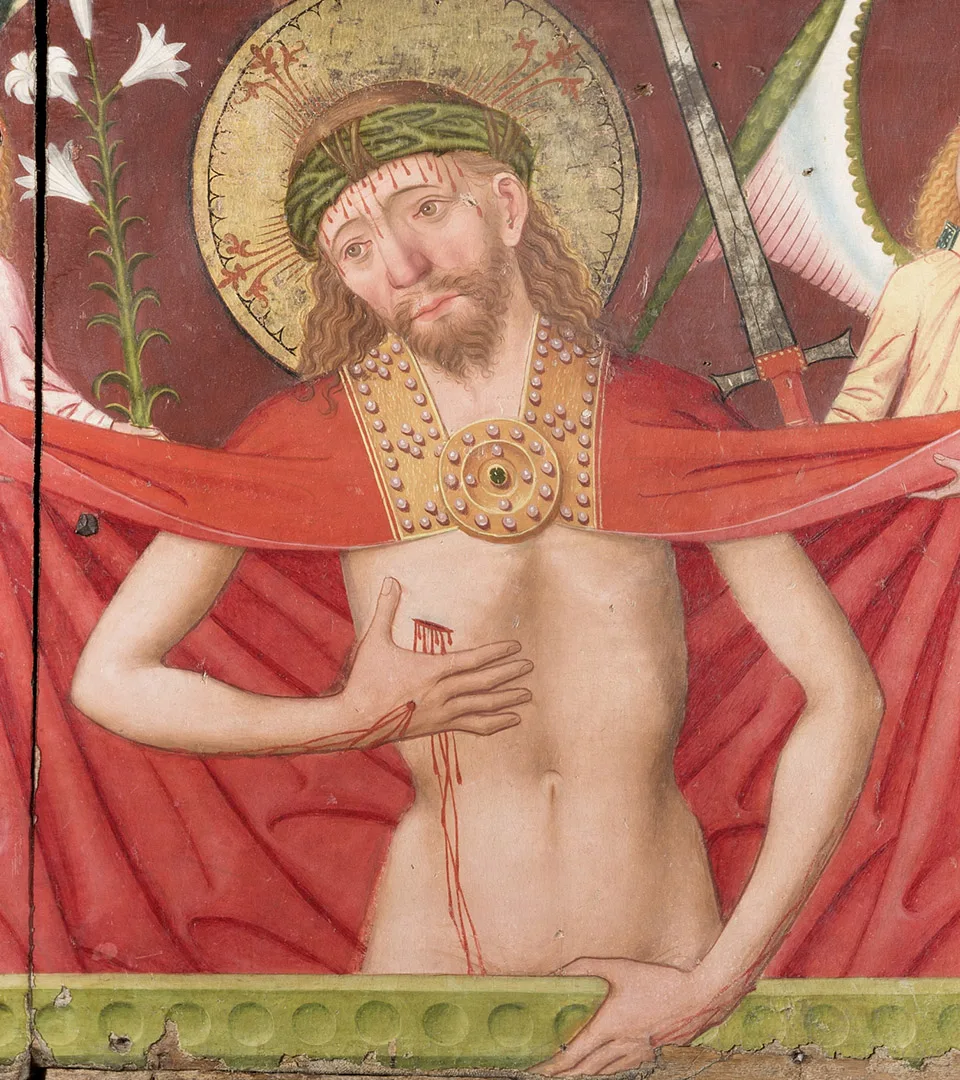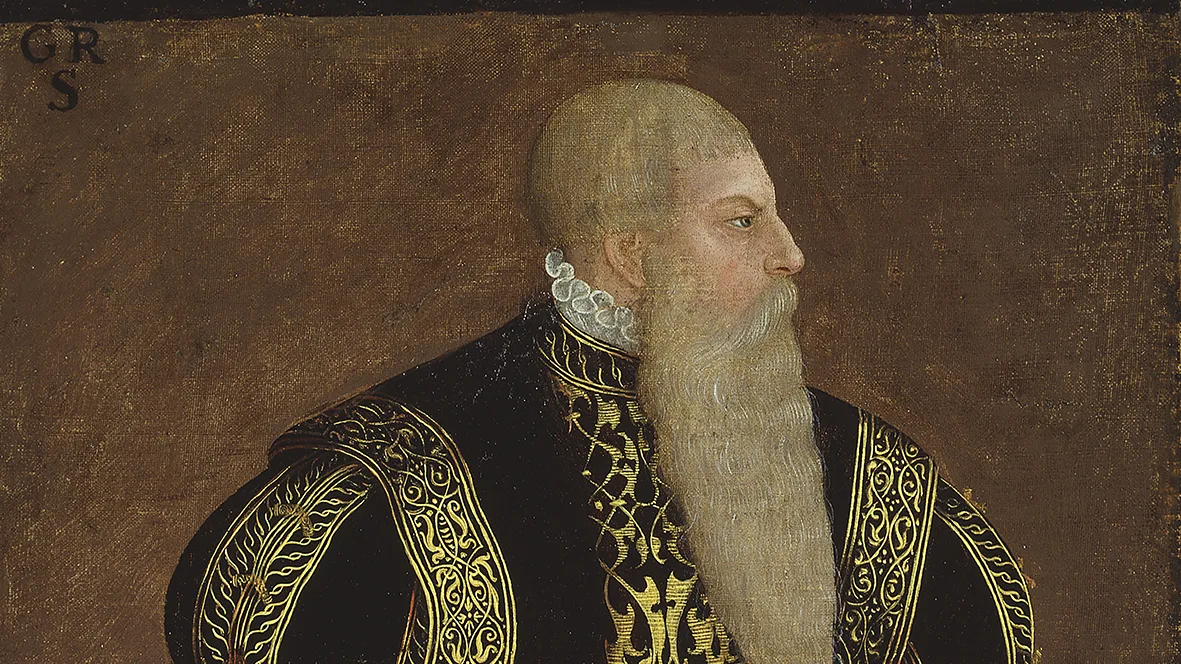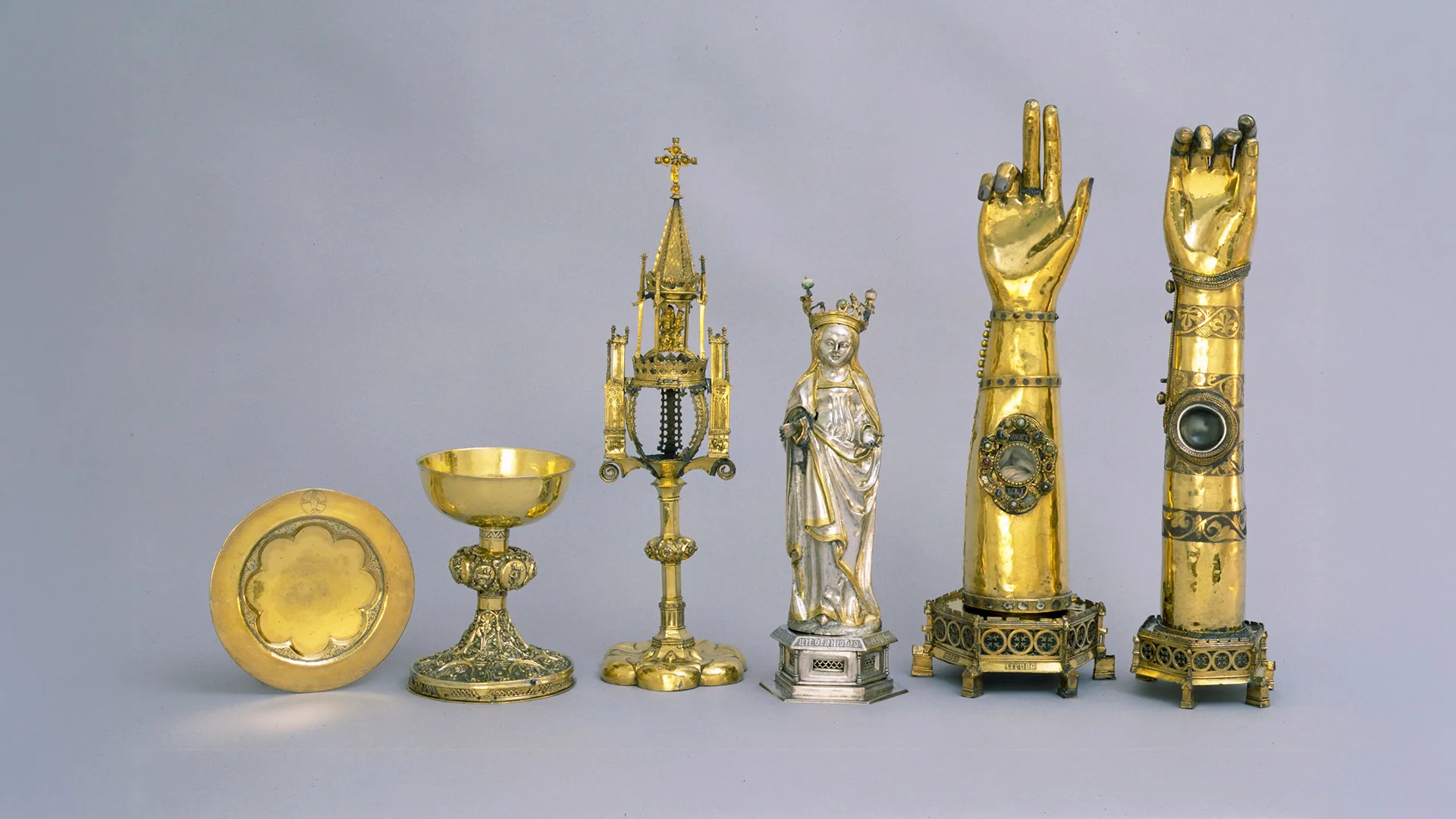Men in the Middle Ages
Viking Age
AD 800 – AD 1100
Middle Ages
AD 1050 – AD 1520
Modern Age
AD 1520 – AD 2025
The social structure of the Middle Ages made it difficult to change one’s destiny: family background mattered greatly. If your father was a farmer, you would usually become a farmer yourself. For beggars and vagrants it was difficult to start a family, as they could not offer a wife any security.
Still, men generally had more opportunities than women to take up a trade and thereby achieve a position in society, while women’s lives were more tied to the home or to the cloister.
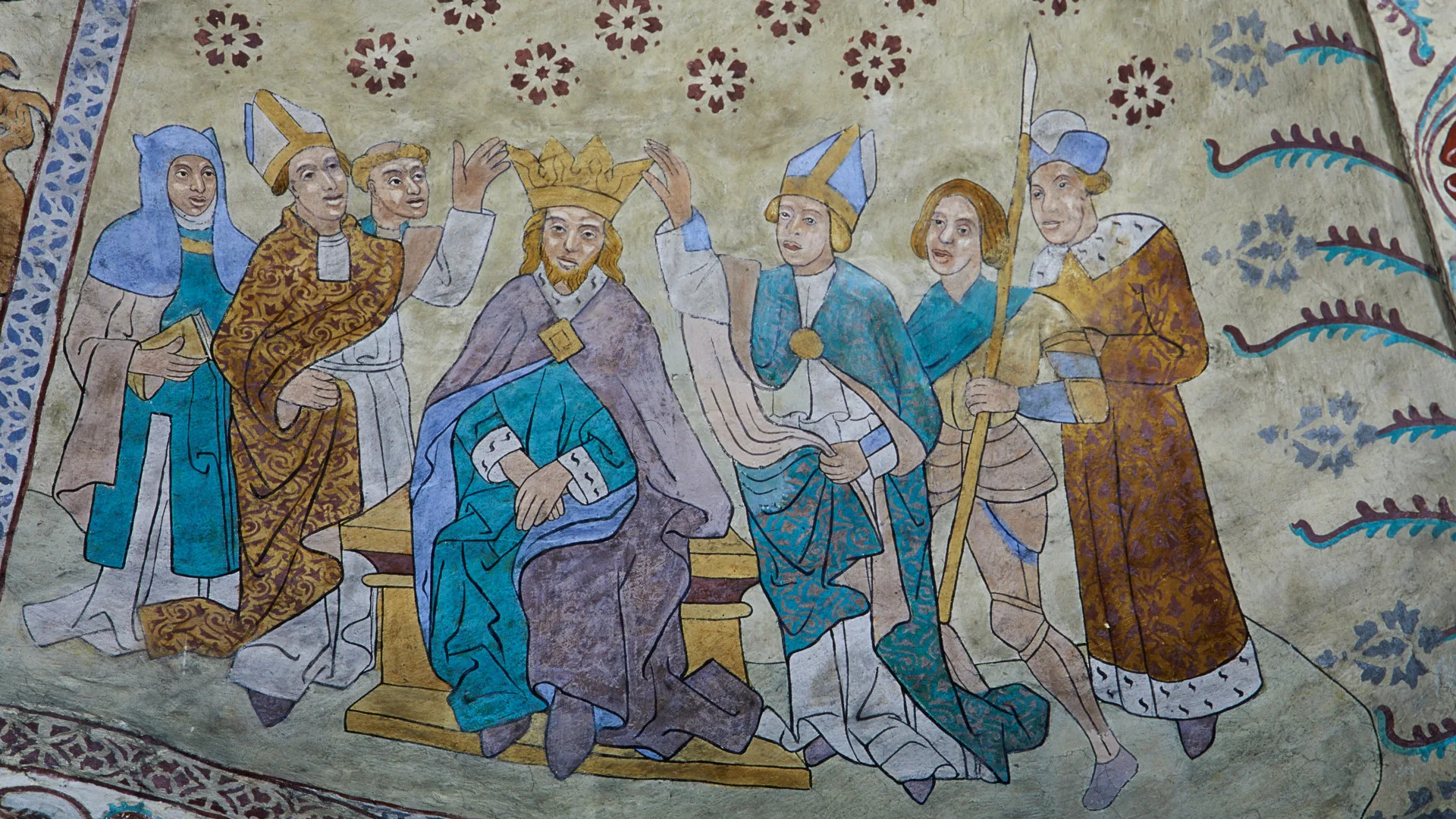
Artisans
During the Middle Ages, many new trades emerged in the towns, such as tailors, shoemakers, coopers and many others. Craftsmen were organised into different guilds, one for each trade. Within the guild, the masters made joint decisions on matters concerning their craft as well as on relief for fellow guild members and their families. The guilds also had a religious function: each had its patron saint and its own altar in the local church.
Alongside the guilds there were journeymen’s associations, one for each trade. The journeymen in such an association worked for wages under a master. To ensure the continuation of the craft, each master also took on apprentices, who carried out simpler tasks and thus learned the basics of the trade.
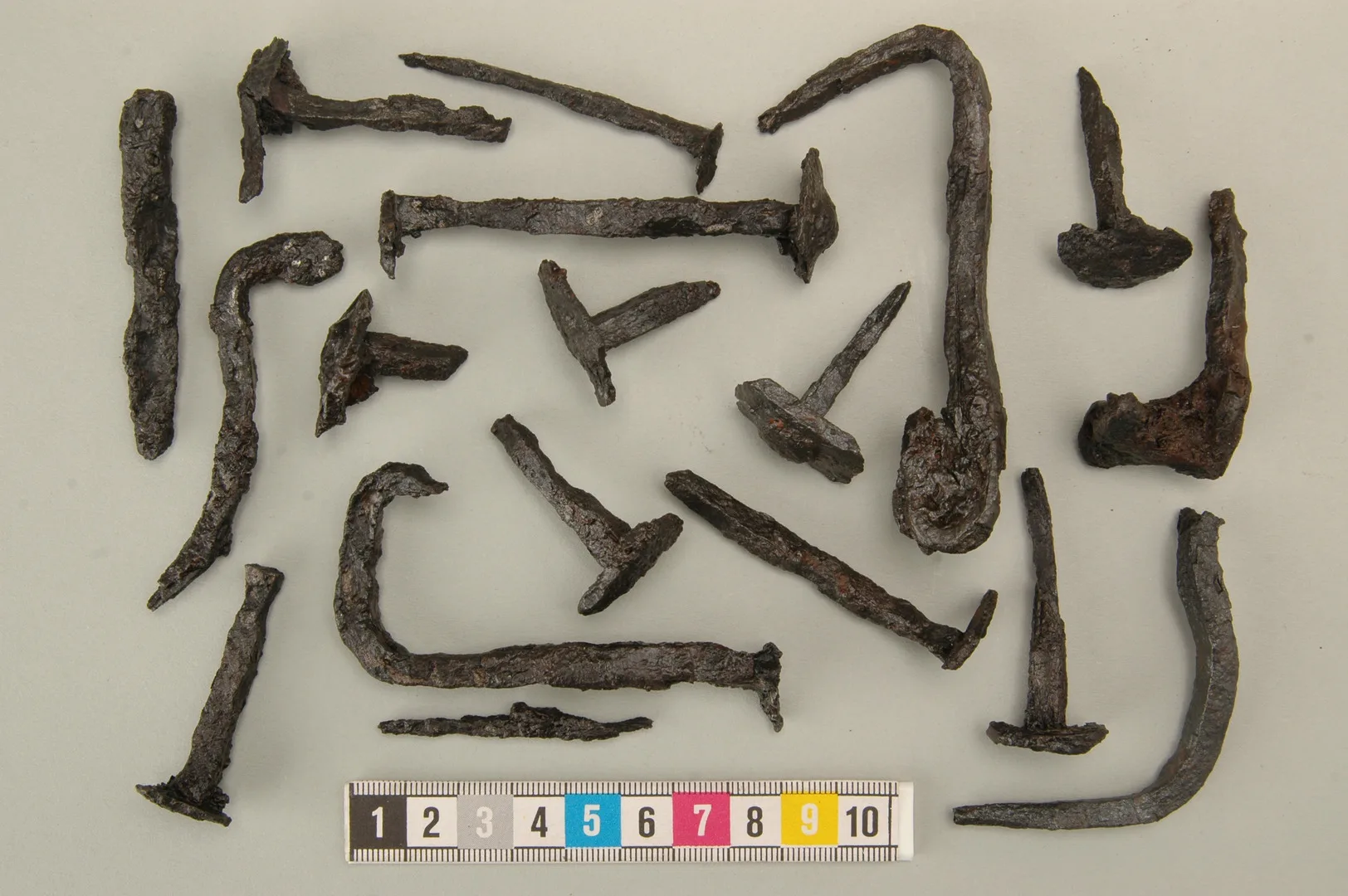
Iron nails
Found on Ragnhildsholmen, Bohuslän.
Farmers
More than half of Swedish farmers owned their land and farms. They paid taxes directly to the king and were known as odal farmers. To qualify as an odal farmer, land had to have been inherited within the family for several generations. Other farmers cultivated land owned by the nobility. They paid rent to the landowner, often in the form of produce from the farm such as butter, meat or bread. Hunting and fishing remained important, and in many parts of the country - especially in Norrland - taxes were paid in animal skins.
Soldiers and knights
Many men from all social classes became soldiers. All noblemen were obliged to take part in the defence of the realm with weapons, armour and horse. The nobles closest to the king were knights. On certain occasions, such as his coronation or marriage, the king would confer knighthood on selected noblemen.
War and death
All adult men were required to help defend the country in the event of war. When danger threatened, beacons were lit on high ground to warn people. A budkavle, a wooden staff with a message carved or attached, was also sent from village to village, summoning men to gather.
Farmers, noblemen, knights and soldiers employed by the king were all called to arms. Leaving one’s home for war cannot have been easy, and most men must have known the risk of returning mutilated, or not at all, was high.
